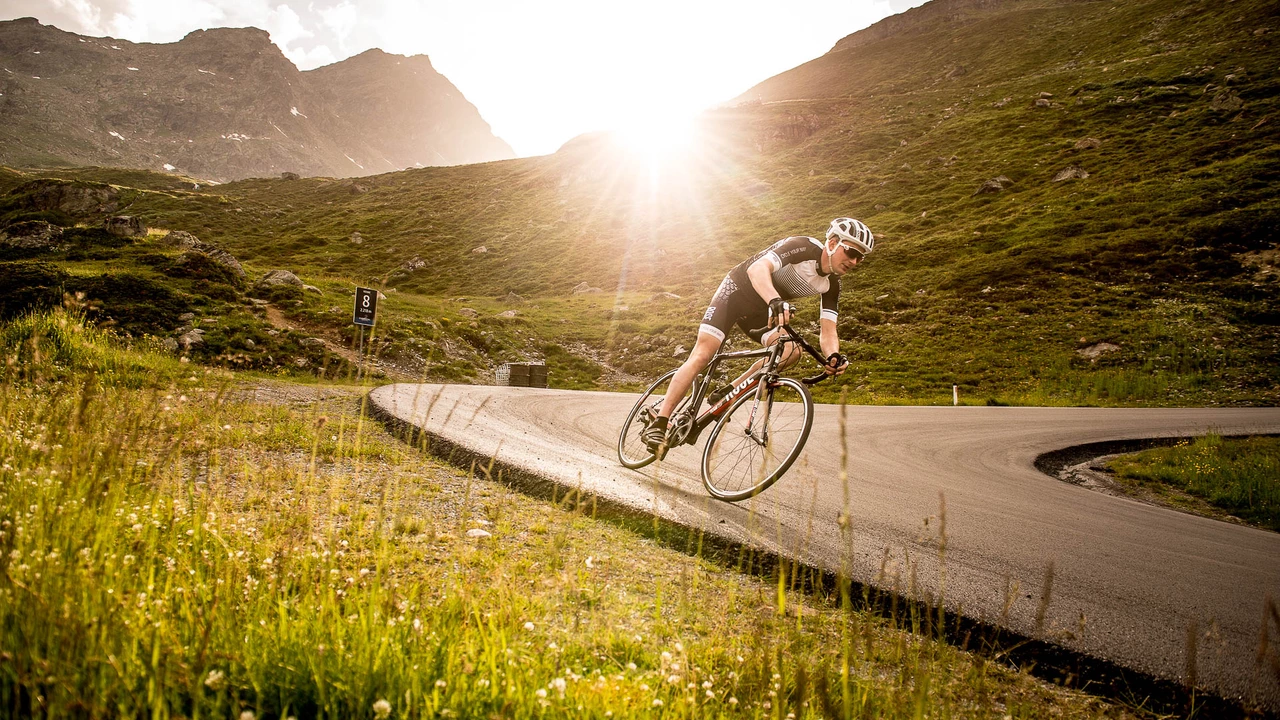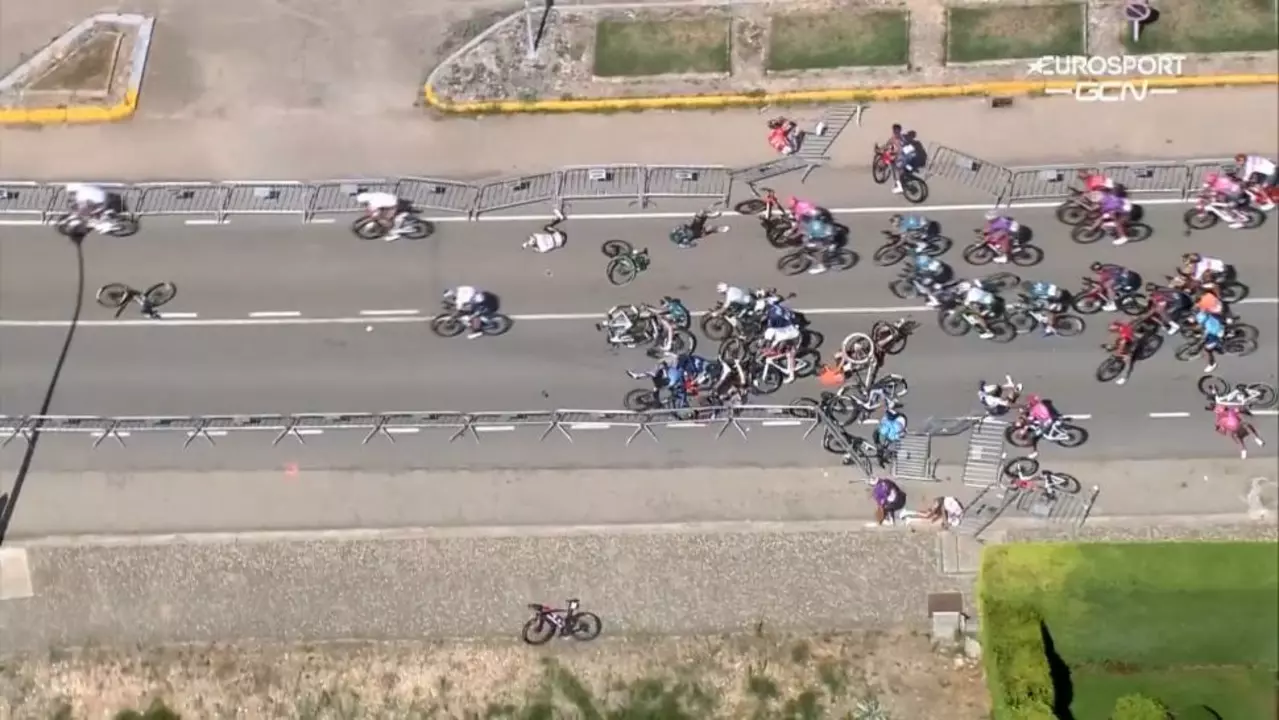Road Cycling: Skills, Gear, and Insights for Every Rider
When you think about road cycling, a form of bicycle racing and recreational riding that takes place on paved roads, focusing on speed, endurance, and strategy. Also known as road bike racing, it blends athleticism with equipment choices and community culture. As you dive into this page you’ll see why road cycling remains the gateway to bike performance for beginners and seasoned racers alike.
One key pillar of the sport is professional cycling, the elite level where teams compete in events like the Tour de France and World Championships. Professional cycling drives innovation in training methods, nutrition, and bike technology, which then trickles down to everyday riders. At the same time, the sport wrestles with challenges such as doping scandals that test its integrity, and a growing call for diversity that highlights why there are still few black professional road cyclists. Another vital piece of the puzzle is women's cycling, the push for equal race opportunities, sponsorship, and media coverage for female athletes. Recent efforts to qualify women for iconic events like the Tour de France show how the community is reshaping long‑standing traditions. Together, professional cycling, diversity initiatives, and women's cycling shape the culture and future of road cycling.
Gear, Performance, and Practical Tips
Choosing the right equipment is a game‑changer. cycling apparel, especially well‑fitted pants, breathable jerseys, and quality shoes, helps you stay comfortable on long rides and improves aerodynamics. For women, finding pants with the right chamois and fit can prevent soreness and boost confidence on the road. Beyond clothing, performance hinges on bike fit, power output, and training plans that target both endurance and sprint power. Articles in this collection cover everything from how fast pros can descend mountain roads, to the science behind why cyclists are elite athletes, and practical advice on avoiding common pitfalls like poor bike positioning. By understanding these elements you’ll be able to set realistic goals, track progress, and enjoy the ride with fewer flat‑tire moments.
Below you’ll find a curated mix of stories, how‑tos, and deep‑dive pieces that reflect the breadth of road cycling today. Whether you’re curious about the impact of doping on the sport, looking for gear recommendations, or wondering how gender equity is evolving, the posts ahead give you clear answers and actionable takeaways. Dive in and discover the insights that will help you ride stronger, smarter, and with a fuller appreciation of the community around you.

